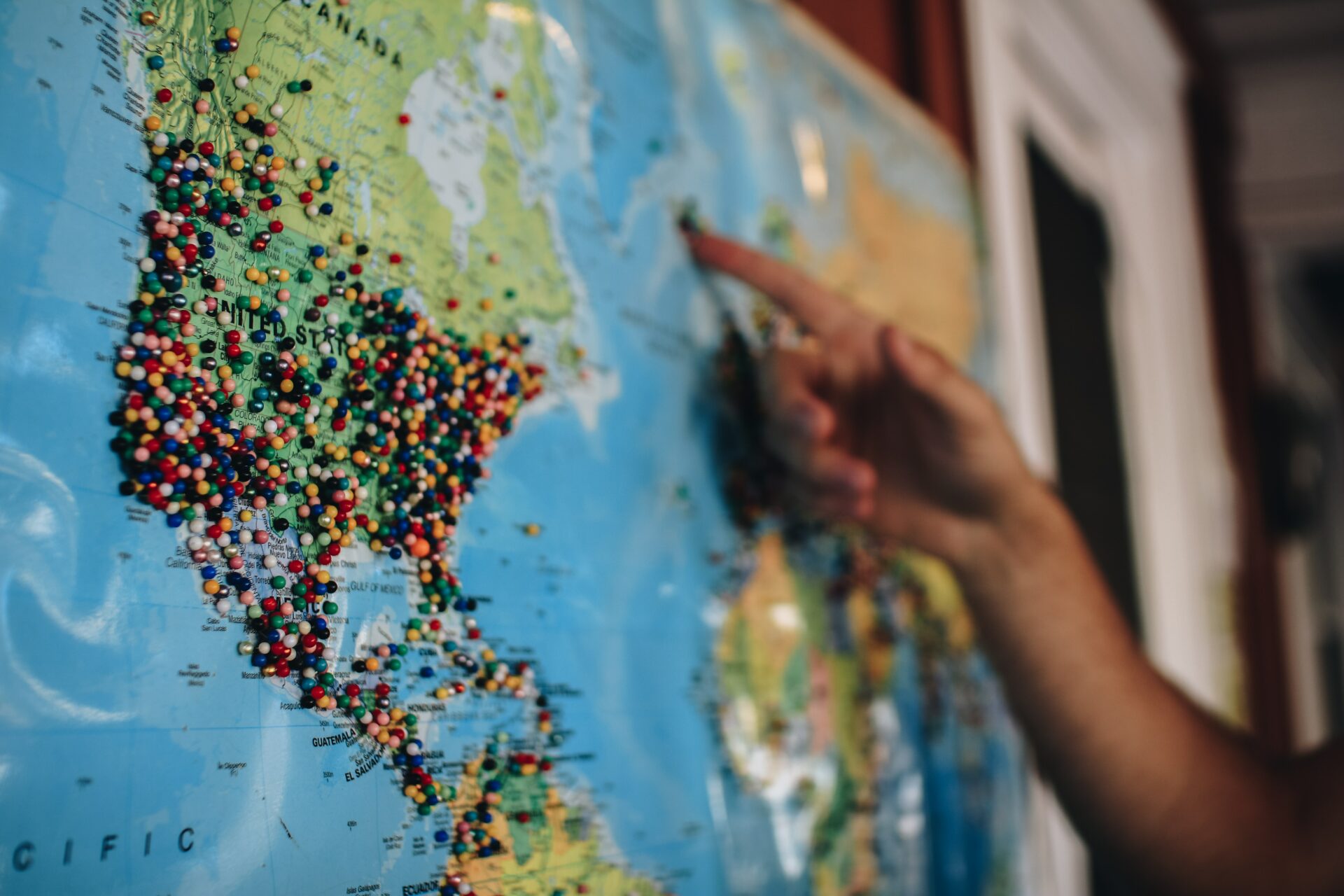Several of your dream destinations are in danger of disappearing…
Venice
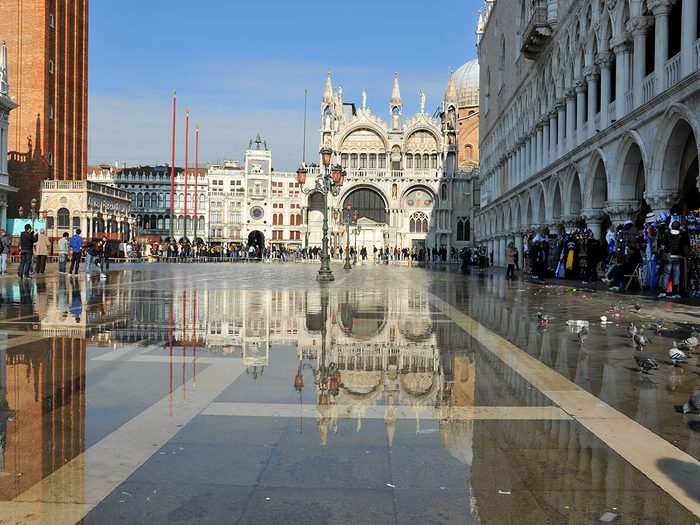
It’s no joke! Venice is sinking. A study published in the journal of the American Geophysical Union found that the picturesque Italian city is sinking one to two millimetres each year—a much larger measurement than was previously reported. Adding to the City of Water’s woes, the level of its lagoon is rising too, causing an additional one to two millimetres of Venice to plunge underwater each year. With four millimetres of Venice disappearing annually, the study calculated that by 2032 the romantic destination could slip below the surface by 80 mm (3.2 inches).
The Arctic
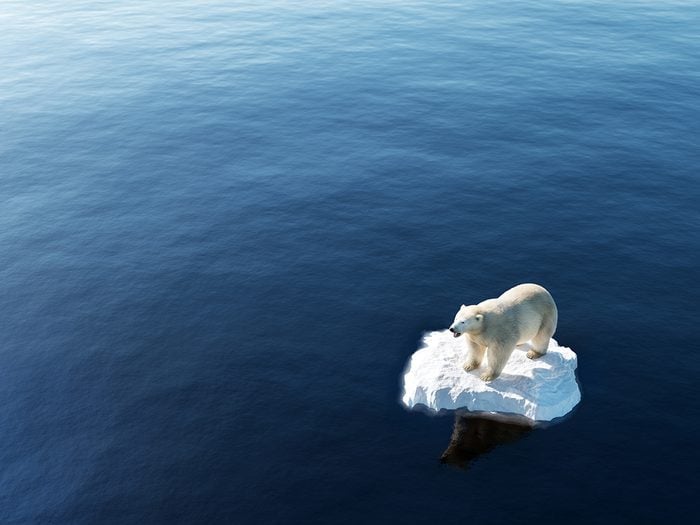
Eight countries—Canada, the United States, Russia, Greenland, Iceland, Norway, Finland and Sweden—all claim a portion of the Arctic’s immense expanse. Home to polar bears, seals, Arctic foxes, Arctic wolves, brown bears, dolphins, Pacific salmon, walruses, and a variety of whales, the World Wildlife Fund says that the region is under ecological threat thanks to mining (copper, gold and coal), pollution from oil and gas drilling, illegal fishing, excessive shipping traffic and climate change.
Madagascar
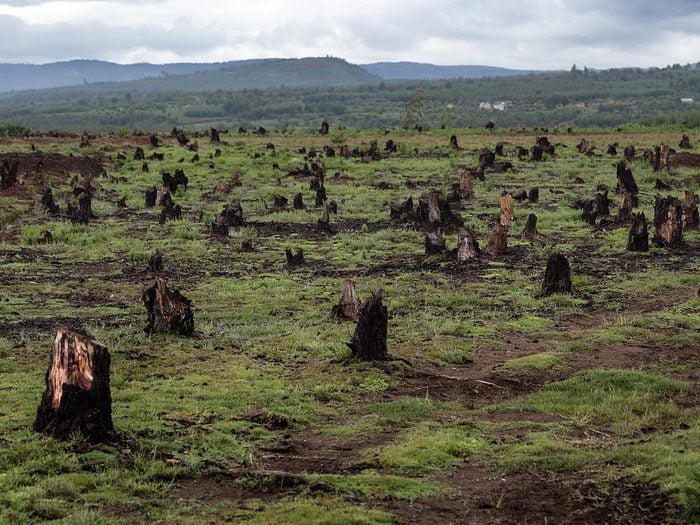
The island nation off the east coast of Africa is in serious danger due to deforestation, and the illegal trade of wildlife. According to the WWF, the rapid clearance of trees is squeezing out Madagascar’s highly unique animal population. Ninety-two per cent of Madagascar’s mammals, 95 per cent of its reptiles, and 89 per cent of its flora cannot be found anywhere else on the planet. The illegal trafficking of wildlife is also contributing to Madagascar’s peril, as rare species such as the Silky Sifaka lemur, the Ploughshare tortoise, geckos and snakes are sold for international profit.
Timbuktu
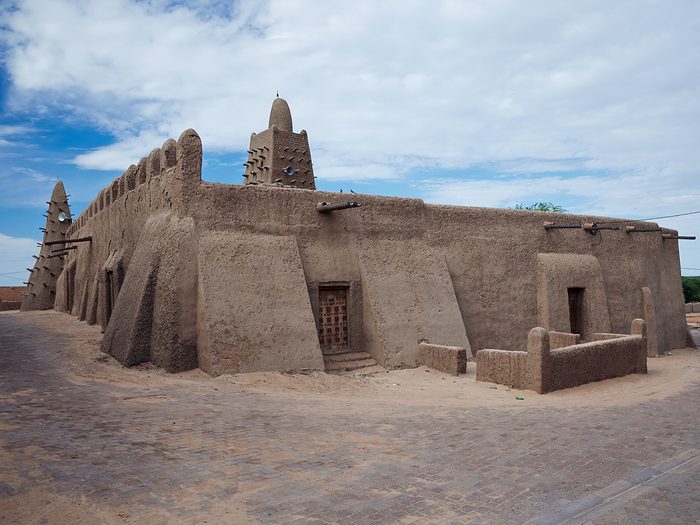
Founded on the edge of the imposing Sahara Desert, the fabled city of Timbuktu with its ancient artefacts, burial grounds and monuments is under serious threat of destruction due to desertification. Added in 2012 to UNESCO’s list of world heritage in danger, Timbuktu and its legacy as a mystical destination rich in spiritual, cultural and historical significance is on the verge of being wiped out by the ever-encroaching desert.
The Amazon
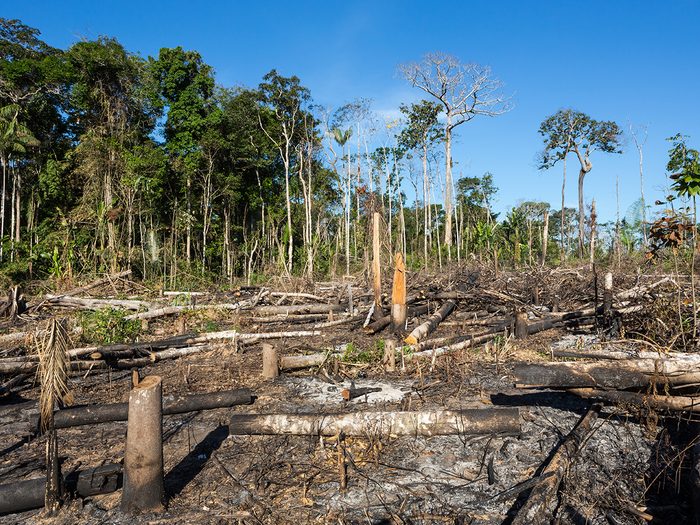
Did you know the Amazon lays claim to approximately 40 per cent of South America? Its 4.1 billion acres of dense rainforest provide a playground for jaguars, black spider monkeys, sloths, macaws, Amazon River Dolphins, and over 3,000 different freshwater fish species. According to the World Wildlife Federation, extensive clearing of the forest is taking place to create crop fields, and grazing pastures for cattle. This excessive agricultural expansion, infrastructure (dams and roads), and the illegal removal of natural resources is decimating the wildlife.
The Florida Everglades
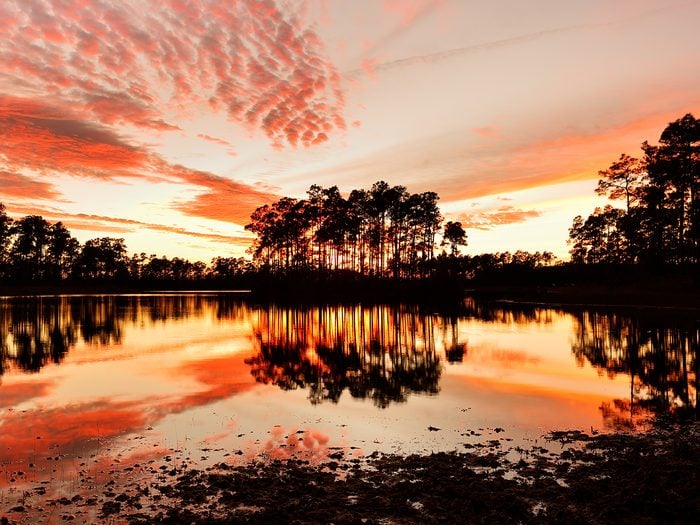
The largest sub-tropical wilderness in the U.S., the famed Everglades National Park, comprises 1.5 million acres of wetlands and forest, and provides a reclusive habitat for over 14 endangered species. The park boasts more than 200 archaeological sites, at least 275 types of fish, and 60 known species of reptiles, insects, and amphibians. Despite 20 per cent of the original Everglades being under a conservation order, the area is still under threat from urban encroachment, water diversion and the arrival of non-native reptiles, plants, fish and insects.
The Coral Triangle
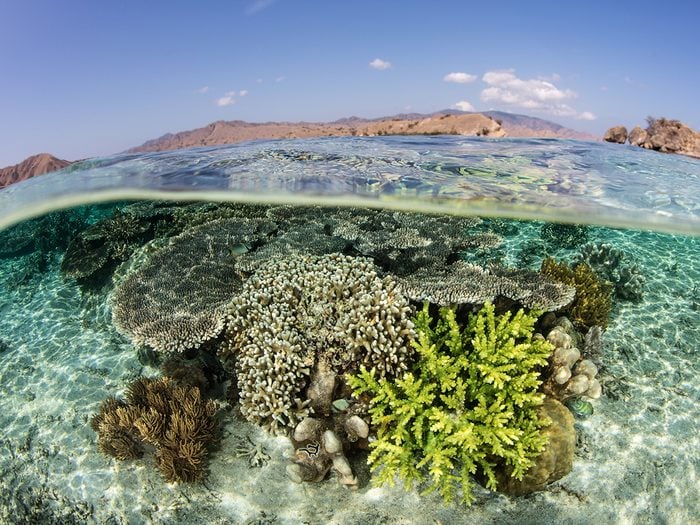
The waters surrounding Malaysia, the Solomon Islands, Papua New Guinea, Indonesia and the Philippines play host to a colourful array of wildlife including marine turtles, 2,000 varieties of reef fish and nearly 600 different species of coral. This delicate ecosystem also contains an abundance of tuna, fueling a fishing frenzy that is jeopardizing the survival of this underwater paradise. The WWF notes that careless fishing methods involving gillnets, dynamite and cyanide poisoning are dangerously depleting the fish and turtle populations while destroying the coral reefs.
The Eastern Himalayas
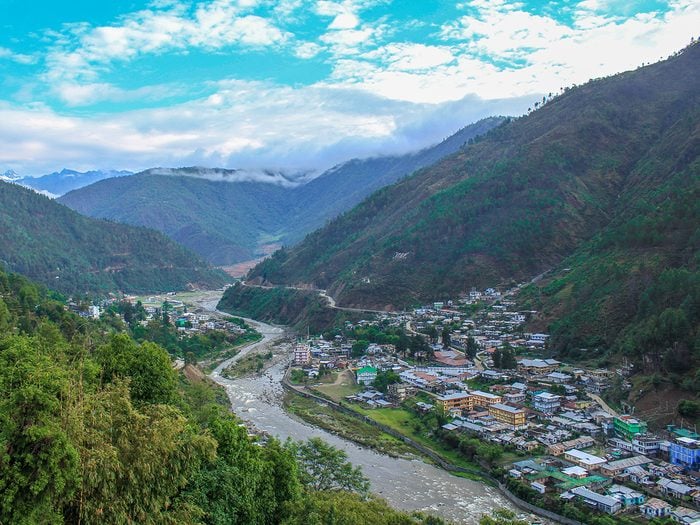
According to the WWF, 163 globally endangered animals call this majestic area of mountain peaks, alpine grasslands and conifer forests home. With the area’s human population growing at a staggering rate, the Eastern Himalayas are bowing under the stress of deforestation and land clearances for livestock grazing. As a result, the natural habit for the region’s animals is under an increasing threat. The WWF is currently working with the governments of India, Nepal and Bhutan to conserve the invaluable animals, plants, and ecosystems that make the Himalayas so special.
Belize Barrier Reef
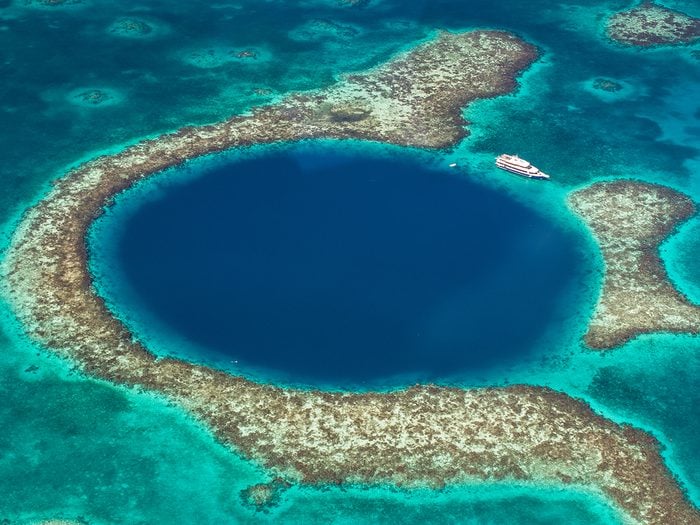
Stretching for 300 kilometres, the Belize Barrier Reef is the largest reef in the Northern Hemisphere. A beautiful off-shore lagoon, the reef is filled with an abundance of natural riches including more than 450 sand and mangrove cays, ring-shaped coral reefs (atolls), over 500 types of fish, five turtle species, West Indian manatees, whale sharks and pelicans. Included on UNESCO’s List of World Heritage in Danger since 2009, the Belize Barrier Reef is under threat from lobster overfishing, climate change, poorly planned tourism ventures and pesticides from agricultural runoff.
The Congo Basin
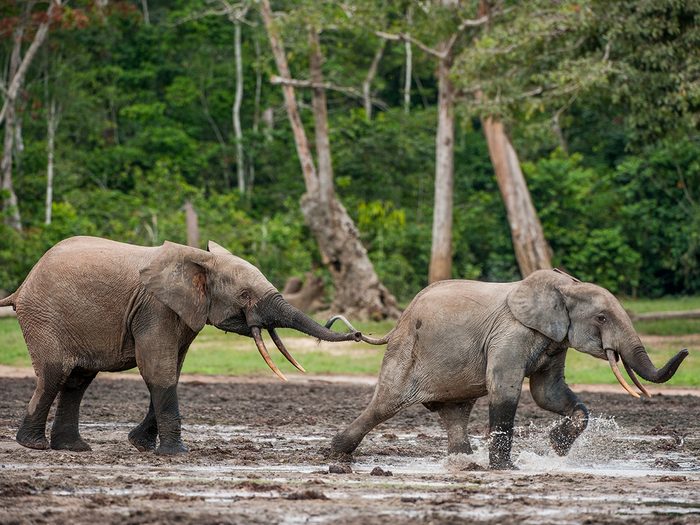
Topping UNESCO’s and the WWF’s lists of priority destinations-in-need, the Congo Basin contains many endangered wildlife species, including mountain gorillas, chimpanzees, and African elephants. Stretched across Eastern and Central Africa, the Basin contains 10,000 tropical plant species, more than 400 different types of mammals, and 1,000 bird species. Due to the area’s abundance of diamonds, timber and petroleum, and the methods used to harvest such natural resources, wildlife in the Congo Basin are under serious threat. The illegal trade of wildlife also jeopardizes many species, and in some cases, certain animals in the Basin (elephants) are close to extinction.
Source Readersdigest Canada
Photos from Shutterstock, main photo by Kelsey Knight on Unsplash

Coffee Time journal
Твой журнал на каждый день!
